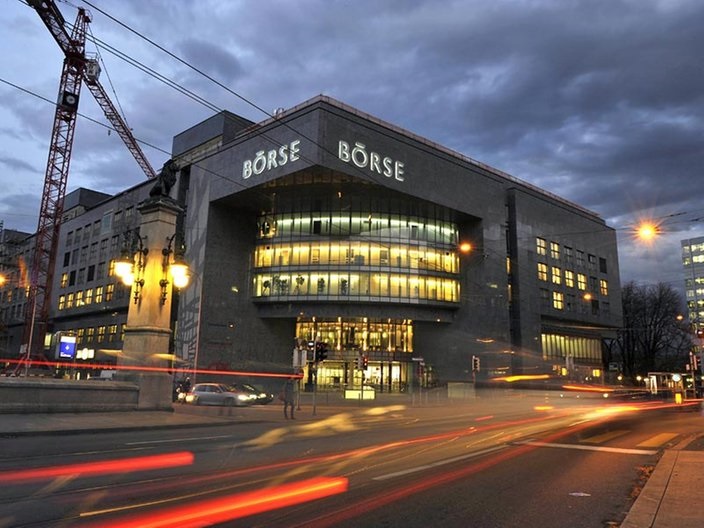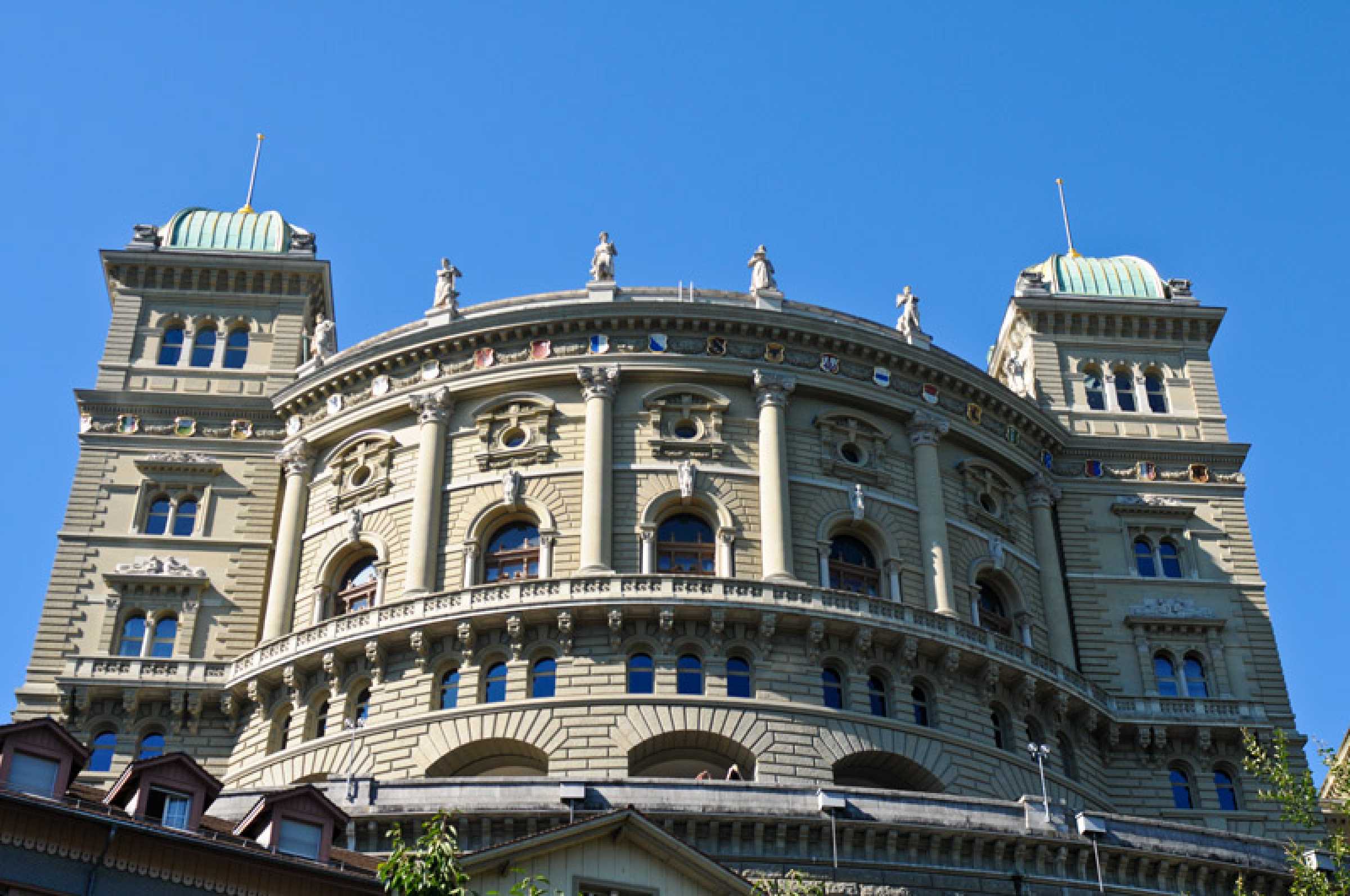New efficiency record for solar cells
Scientists from CSEM, together with American colleagues, have set a new world record for converting sunlight into electricity using dual-junction II IV/Si solar cells.

Scientists from the U.S. Department of Energy's National Renewable Energy Laboratory (NREL) and the Swiss Center for Electronics and Microtechnology (CSEM) have jointly set a new world record for converting non-concentrated sunlight ("1-sun") into electricity using a dual-junction III-V/Si solar cell.
The new, officially certified record efficiency of 29.8 % was achieved by using an upper cell of gallium indium phosphide from NREL and a lower cell of crystalline silicon produced by CSEM using heterojunction technology. The two cells were fabricated separately and then overlaid and connected by NREL.
The NREL/CSEM record was published in the latest issue of "Solar cell efficiency tables." "In the category of mechanically connected cells, this is a record," said David Young, senior researcher at NREL. "The performance of the dual-junction cell exceeds the theoretical 29.4 % limit for crystalline silicon solar cell (single-junction) efficiency." Young is co-author of an article titled "Realization of GaInP/Si dual-junction solar cells with 29.8 percent one-sun efficiency," which describes the steps taken to break the old record. The article has been submitted for publication in the IEEE Journal of Photovoltaics.
Stephanie Essig, a researcher at NREL, gave a presentation titled "Progress Towards a 30% Efficient GaInP/Si Tandem Solar Cell" at the 5th International Conference on Silicon Photovoltaics in March 2015 in Konstanz, Germany, which caught the interest of CSEM. "We are convinced that silicon heterojunction technology is the most efficient silicon technology today for use in tandem solar cells," said Christophe Ballif, head of photovoltaic activities at CSEM. "CSEM and NREL scientists have demonstrated that it is possible to produce 30% efficiency tandem cells that combine a bottom heterojunction cell with a high performance top cell, such as the one produced by NREL," explains Matthieu Despeisse, head of crystalline silicon activities at CSEM.
Essig notes that a new dual-junction solar cell design and the inclusion of CSEM were key to the record. These first joint results also show that an efficiency of more than 31 % can be achieved by combining NREL and CSEM cells. The work was supported by " the Office of Energy Efficiency and Renewable Energy's Sunshot initiative ", the Swiss Confederation and the Nano-Tera program.


















